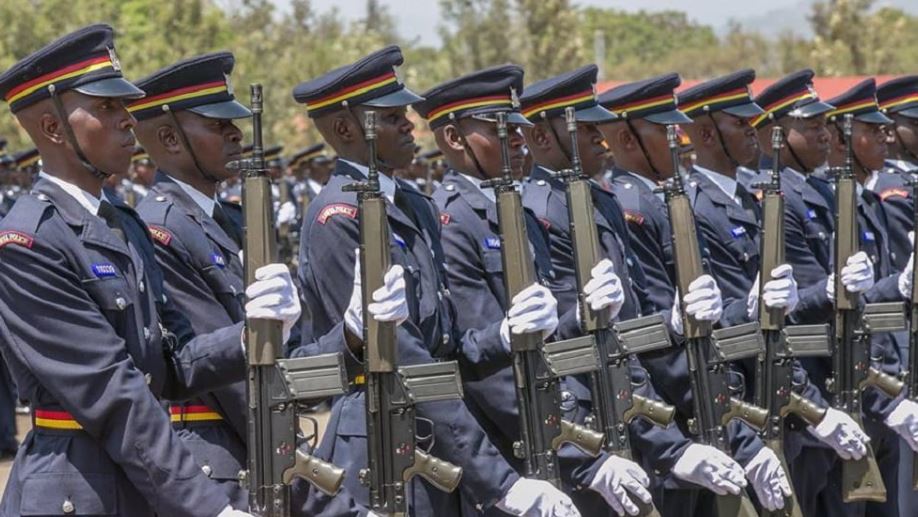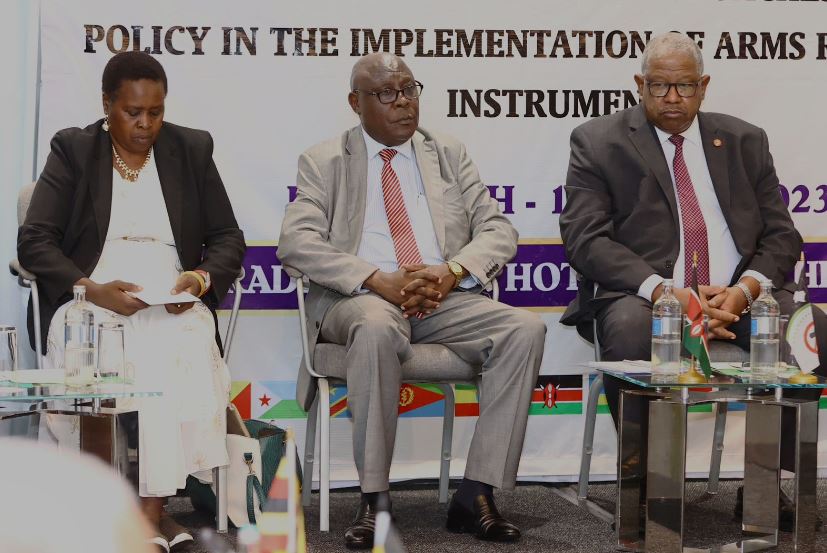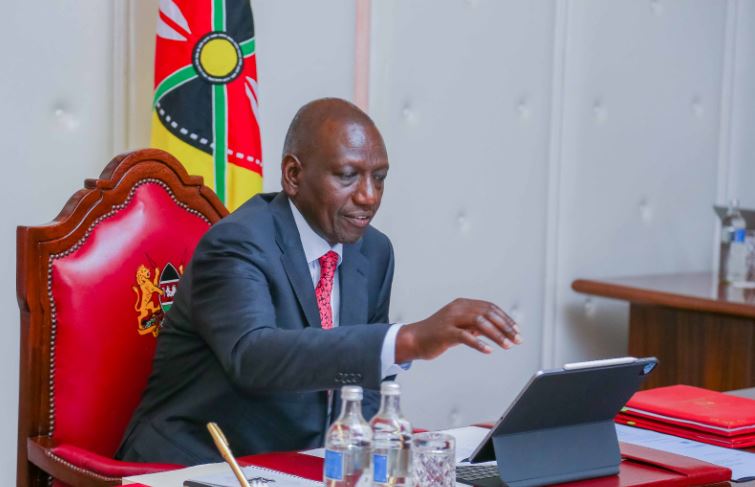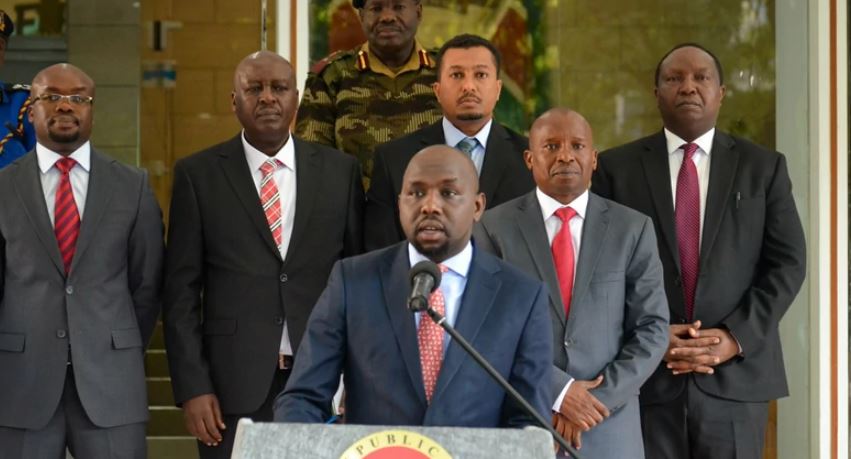
The National Police Service (NPS) has already marked 98 per cent of its firearms stock while the Kenya Defence Forces (KDF) is at 70 per cent in the process.
The Principal Administrative Secretary, of Security, Wilson Njega has termed this progress as a huge milestone that sets Kenya on the path to the elite league of nations that have taken concrete steps to combat the illegal arms trade.
Njega noted that the ultimate goal is to build a foolproof framework for the control and regulation of licit arms flows, and prevent diversion of such weapons into the illegal and criminal networks without disrupting legitimate transfers.
“This undertaking will help us identify the source and movement of such weapons, and inform our decisions and responses in dismantling the criminal network involved in this trade,” he said, before adding that this will reduce the incidence of gun violence in line with various international agreements, including the Nairobi Protocol and the United Nations Programme of Action on Small Arms.
“Considering that small arms and light weapons are responsible for many deaths and injuries in armed conflicts, it is imperative that we enhance the traceability of our firearms and ammunition.”
The marking exercise was prescribed by the Regional Centre on Small Arms (RECSA) to its member states as part of the efforts to combat the illicit proliferation of small arms and light weapons and promote peace and security in East and Central Africa.
This intergovernmental agency has organized a three-day workshop to validate the findings from the latest review on the progress of the exercise.
Njega, who represented Internal Security PS Dr Raymond Omollo during the opening of the forum in Nairobi, attributed Kenya’s remaining unmarked percentages to new stocks and the weapons designated for areas where the marking exercise is yet to reach, including Wajir and Mandera.
Meanwhile, the exercise is currently underway for the KDF firearms in Nakuru. He further highlighted some logistical challenges experienced by the responsible teams, key among them the breakdown of some of the marking machines, but affirmed that “Kenya appreciates the decision to assign us the most marking machines, and it is part of the reason why we have recorded such impressive numbers so far.”
The government has also submitted a request for four additional new machines and spare parts to expedite the exercise.
On his part, Dr Ivor Richard Fung, Deputy Chief of the Conventional Arms Branch, UN Office for Disarmament Affairs (UNODA), lauded RECSA member states for the steady progress in transitioning from manual to electronic recordkeeping in the management of weapons, and relayed a commitment for sustained support in this regard.
RECSA has already deployed its Software Tracing System to its members issued for electronic record keeping.
He stated, “This is a very important aspect of controlling small arms and light weapons, and beyond marking is the issue of recordkeeping. RECSA has been able to carry out commendable work in this area and we applaud that, but a lot still needs to be done.”
The three-day workshop is also intended to review and adopt a new gender policy for RECSA as part of the efforts to align its operations with global efforts to promote gender equality and women’s empowerment across the scope of its mandate.
By Ministry of Interior









